TUC preparations (mechanical only)
With the Tour of the Unknown Coast coming up May 10, it was time earlier this week to give my "vintage" Cannondale some much-needed TLC. The first order of business was to figure out where all the “clicking” noises that developed over the last month or two were coming from. They seemed to be most noticeable while climbing hills, so I loaded up my tools and headed to the nearest incline.
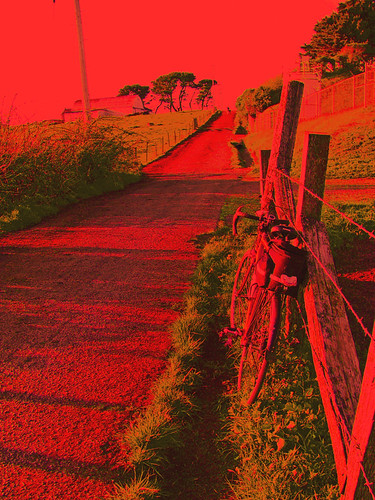
This hill on Fischer Road, a few blocks from where I live, is steeper than it looks. It’s a perfect grade for testing out gears, etc. If you climb to the top and everything works fine, your bike is good to go. I pedalled to the top and noticed that a lot of the noise was coming from the headset. Adjustments were made and there was a lot less noise, but still some clicking. Back to the laboratory.
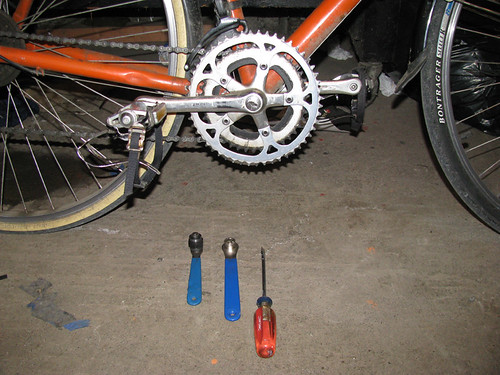
Just for the hell of it, I decided to remove the crank and inspect the bottom bracket. Any bonehead could do this, but you have to have the right tools. Tools cost money, so not everyone has this luxury. The crank puller was purchased in the early 1980s, so I got my money’s worth. Those toe clips are from the same era. I might add that I dress like Sonny Crockett, listen to Depeche Mode records non-stop and do all my blogging on a Commodore 20.
After removing the crank, I discovered that my bottom bracket was loose! Damn. Good thing I checked. That could have been a disaster.
The next order of business was to clean and lube the chain. Let’s face it – if you’re going to do this job right, you have to remove the chain. So that’s what I did.
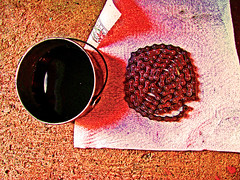
I cleansed it in gasoline until it was clean enough to wear like a necklace under a starched white shirt.
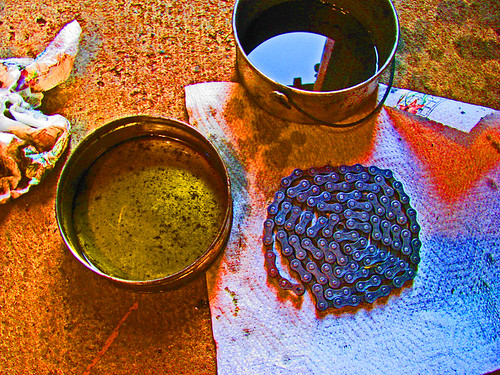
I’ve been refining my chain lube technique, which now involves submerging it in regular motor oil (30 weight.) Sounds messy, but here’s my theory – what’s important is to lubricate the internal parts of the chain that rub against each other rather than the external surfaces that come in contact with the chain rings. If the internal surfaces dry out, your chain will make a lot of noise and probably damage itself. But if the internal surfaces are well-lubed, the outer surfaces can be dry and covered in grime and the chain will still work fine.
You also don't want to spray WD-40 on the outside of the chain. Doing so will force grime into the little crevices and the WD-40 will act as a solvent and degrade the internal lube.
(Note: I'm often mechanically challenged until my brain understands such basic concepts. For example, I often had trouble adjusting derailleurs until it was explained to me that they work by "brute force." With this simple description I suddenly developed what they call "mechanical empathy," at least when it came to my old-school, brute-force gear changers.)
So the chain is submerged in oil. The oil gets inside. Then I use a forest worth of paper towels to clean up the chain’s exterior. It takes time and I make a big mess, but the chain spins like butter once it’s reinstalled.
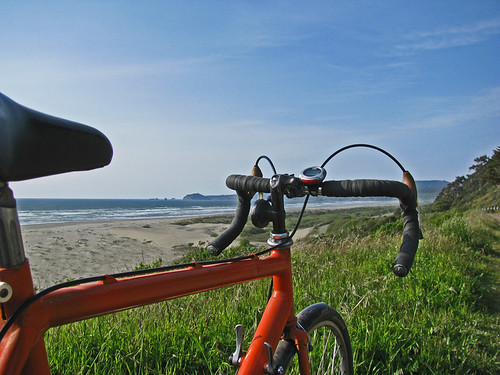
The bike was cleaned and adjusted. Later in the week I went for a ride and made all sorts of adjustments along the way, including a serious brake adjustment, which I performed at the Vista Point, above. The TUC has nearly 10,000 feet of elevation gain, which means it has nearly 10,000 feet of elevation loss. That’s a lot of downhill braking.
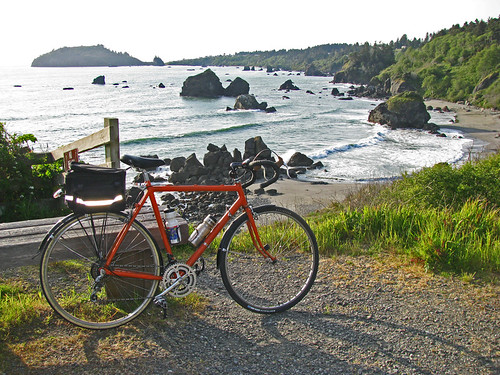
Then it was off to Scenic Drive. Everything worked great. So the bike is ready, but am I?
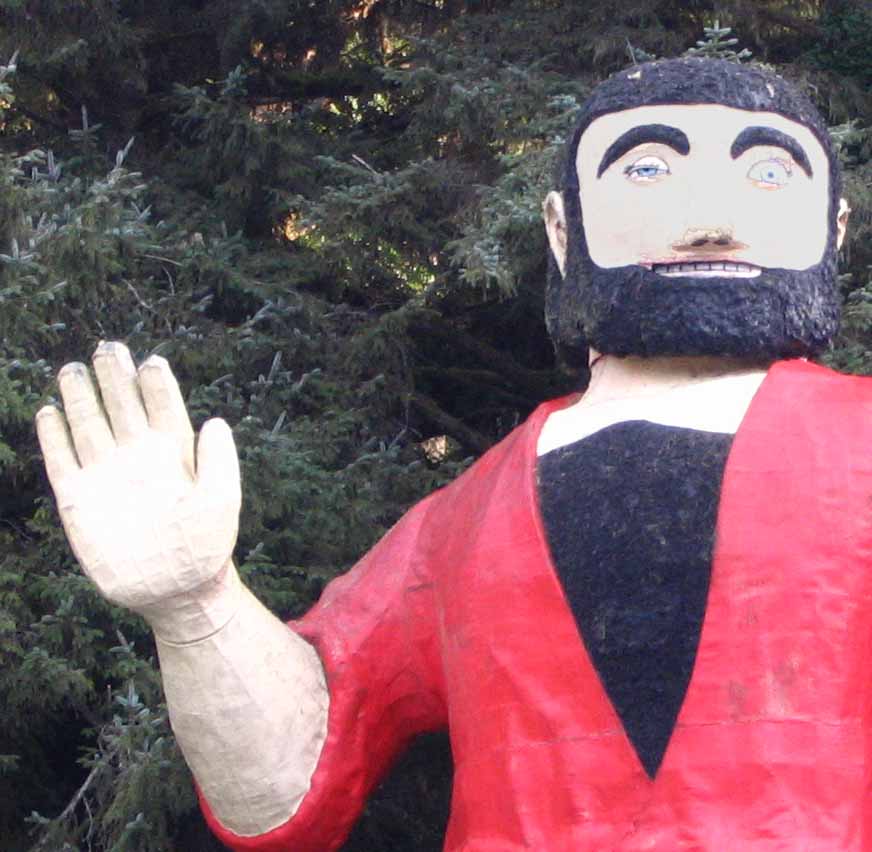

1 Comments:
No, you're not. I'd say cancel the Tour this year and start training for next year's.
Post a Comment
<< Home